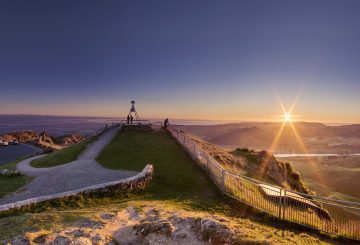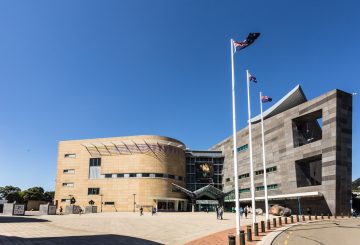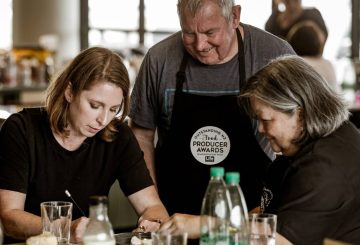ニュージーランド英語はイギリス英語をベースにしていますが、過去60年の間に、他の国や他の言語から単語やフレーズを借用し、ニュージーランド独自の言語になっています。以下は、ニュージーランド英語がアメリカ英語から借用した例です。
1. Assuming that for you pass and gas do not rhyme, the first syllable of pasta rhymes with (a) pass or (b) gas.
2. The past tense of dive is (a) dove (He dove into the pool) or (b) dived (He dived into the pool).
3. I say: (a)The dress fit her perfectly or (b)The dress fitted her perfectly.
4. I would expect to see in the newspaper, when the person concerned has not yet taken responsibility (a) It is important that he take responsibility or (b) It is important that he should take responsibility.
5. The stress on the word oregano falls (a) on the second syllable or (b) on the third syllable.
6. I say (a) I took the elevator to the tenth floor or (b) I took the lift to the tenth floor.
7. I would say (a) I took a few days off over New Year’s or (b) I took a few days off over the New Year.
8. I would say (a) I’ll mow the lawn on the weekend or (b) I’ll mow the lawn at the weekend or (c) I’ll mow the lawn in the weekend.
9. I would say (a) I saw someone sitting in the middle of the sidewalk or (b) I saw someone sitting in the middle of the pavement or (c) I saw someone sitting in the middle of the footpath. There is another option here: (d) The three options above don’t all mean the same thing.
10. I would expect to read (a) We appealed the court’s decision or (b) We appealed against the court’s decision.
以上の場合、(a)の選択肢は、20世紀のある時点で、話し手または書き手がアメリカ人であることを示していたでしょう(すべてのアメリカ人がこれらをすべて言うわけではありませんが、これらを言うことはアメリカ人であること、またはアメリカ人であったことを示していました)。
(b)の選択肢はすべて伝統的な英国式ですが、ほとんどの英国人は、もはやこのすべてを使うことはないでしょう。1960年代までは、ニュージーランドの人たちも使っていたはずです。(c)の選択肢があるものは、かつての、あるいは現在の、ニュージーランドの用法です。






























































